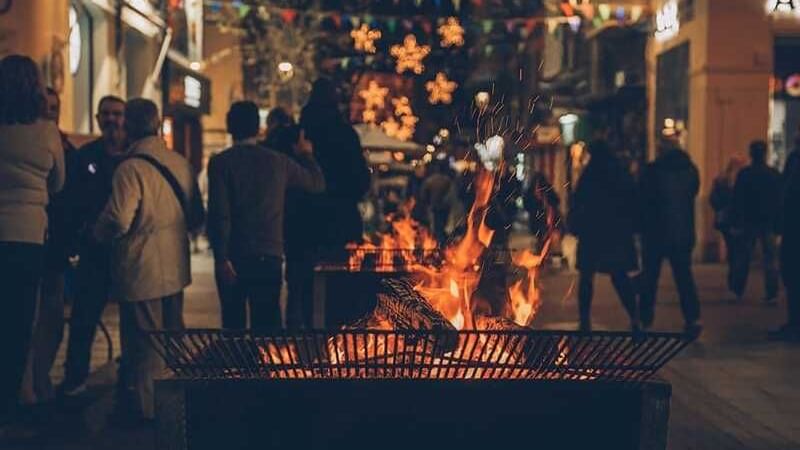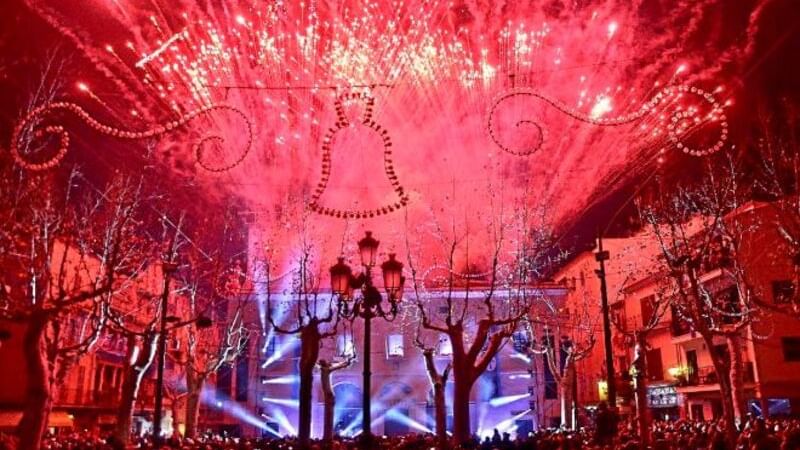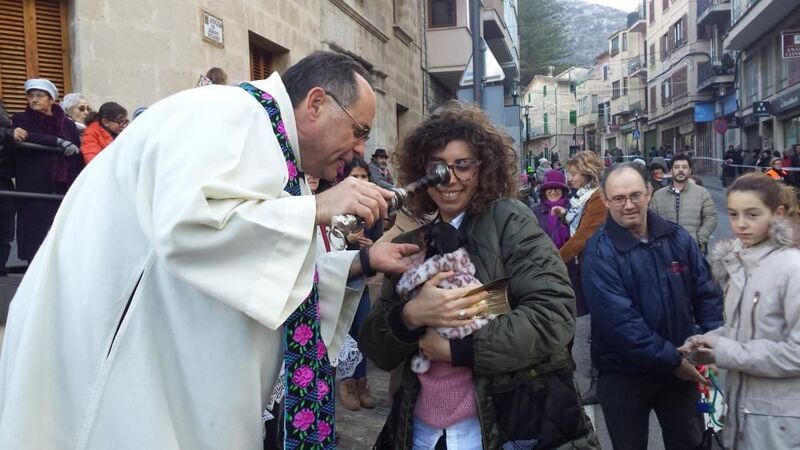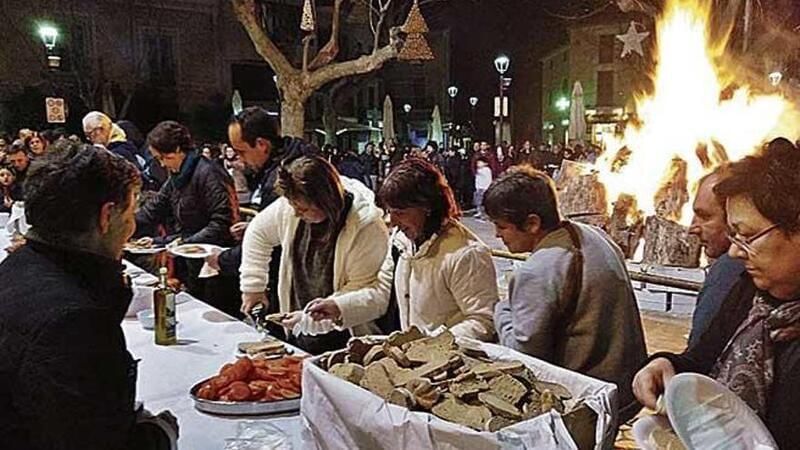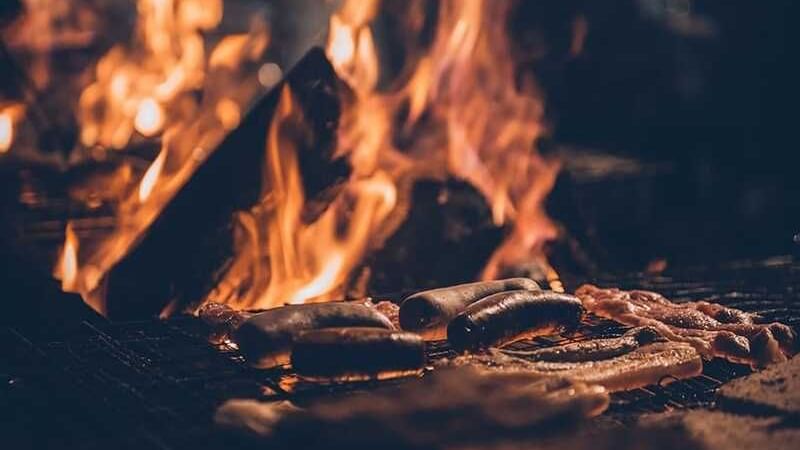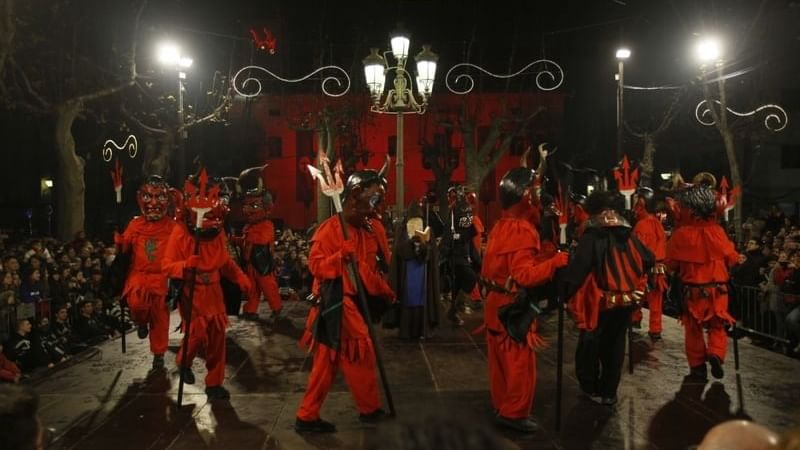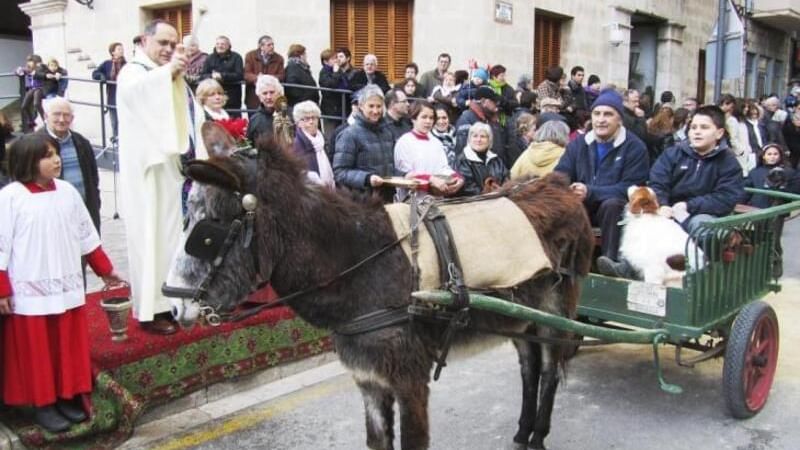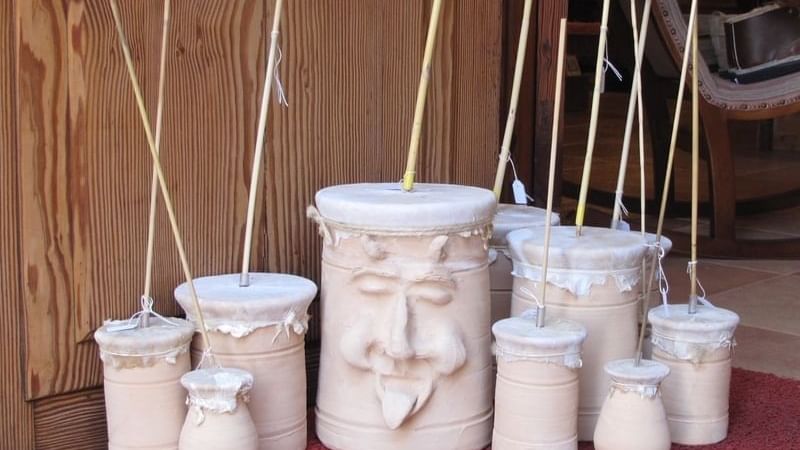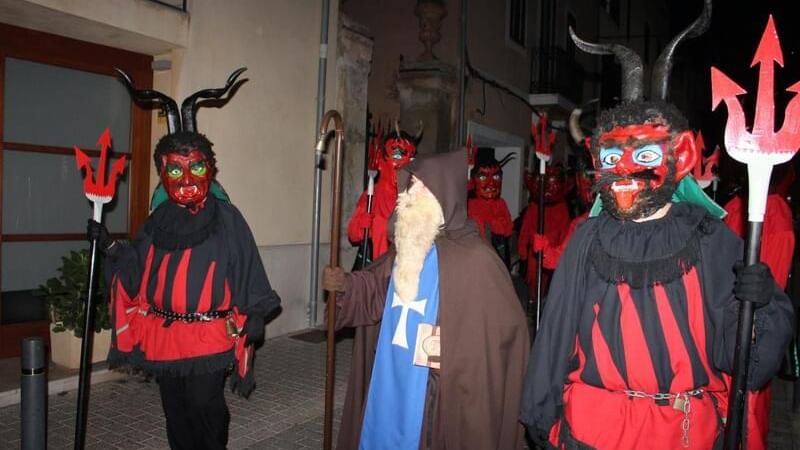Sant Antoni. Mallorcan tradition
Travelling to Mallorca is travelling to a unique destination that offers everything you can imagine for a perfect holiday. From the Mediterranean Sea and its crystal clear waters, to the Tramuntana mountain range and its hiking and cycling trails, the local crafts and gastronomy to the nature and its incredible landscapes among other things. But beyond all these fantastic features, the island of Mallorca is a place full of tradition and history. A destination where millenary festivities full of meaning are celebrated and which perfectly define the Mallorcans. So today we are going to talk about one of these historical celebrations that originated in Mallorca and is the most deeply-rooted: the festival of Sant Antoni Abad. It is celebrated every year on the 16th of January, the eve of Sant Antoni and the 17th of January.

THE ORIGIN OF SANT ANTONI
Born in 251, Sant Antoni is defined as the protector of the Mallorcan countryside and patron saint of animals. Its origin lies in the agricultural society of Mallorca in 1365, which asked Sant Antoni for help and protection for its fields by carrying out ceremonies just before the winter solstice. Religious celebrations strongly linked to the figure of the "dimonis" (demons) and the "foguerons" (bonfires) that still retain the same essence today. Thus, on the eve of Sant Antoni (16 January), large bonfires are lit and a demon is burnt while people sing and dance around the fire to celebrate the triumph of Sant Antoni over evil. The following morning, on the 17th of January, the "beneïdes" take place. A religious celebration in which the Mallorcans of the part forana take their animals to be blessed and protected against illnesses throughout the year with the holy water of Sant Antoni. A curious fact is that in its origins most of the animals that were taken to be blessed were those that worked in the fields: large herds or large animals that were used for the hard work in the fields, which were taken to the "beneïdes" by peasants. Nowadays, however, most of the animals that can be seen in the "beneïdes" are pets of all species. Sant Antoni is a reflection of Mallorca's cultural tradition, which is why most of the municipalities on the island celebrate this festivity.

16TH JANUARY. EVE OF SANT ANTONI
During the afternoon and evening of the eve of Sant Antoni, 16th January, we recommend that you visit the centre of the town. Here we can find some "fogueró" already lit in some of the squares in the different neighbourhoods of the town where they are lit, such as: Plaça Constitució, Plaça d'Antoni Maura, Plaça dels Estiradors or Plaça del Mercat among many others. And it is at this moment, when we arrive at one of the "foguerons", that we will find another of the most important elements of Sant Antoni: gastronomy. In each "fogueró" we can find "torradores": iron barrels split in half filled with "caliu" (embers) in which people cook all kinds of Mallorcan meat and sausages in "caliu" such as: sobrasada, botifarró, Xulla, Camaiot, lomo, etc. A traditional food that people accompany with country bread and red wine while they dine by the fire. It is important to point out that although these fires are public and anyone can attend them, not all of them offer food, and for this reason we recommend that you go to one of the local butcher's shops in the morning to buy your own sausages so that you can have them at night to enjoy this tradition in any of the "foguerons" (bonfires) that you find. Another traditional element of this festivity is the Ximbomba: a typical instrument of Sant Antoni that is used to sing songs of this festivity and accompany the show performed by the Esclatabutzes (demons of Sóller), which they usually carry out in the "fogueró" of the Plaça Constitució. Likewise, if you want to visit other places or if you do not want to leave Port de Sóller, you can also find "foguerons" in Fornalutx and in Port de Sóller itself, and although the Tramuntana region celebrates this festivity as we have seen, the municipalities that experience Sant Antoni most intensely are Sa Pobla, Muro, Sant Llorenç, Artà, Capdepera, Pollença, Santanyí, Llucmajor, Son Servera, Sant Joan and Manacor, with Sa Pobla being the most popular.

SANT ANTONI IN SA POBLA
The biggest fiesta in Sa Pobla is Sant Antoni. As in the Sóller Valley, bonfires can also be found there on the eve of this festivity, but unlike in other municipalities, in the bonfires of Sa Pobla Sant Antoni appears surrounded by demons going from "fogueró" to "fogueró" to represent the temptations that the saint suffered at the hands of evil during his life and to which he did not succumb. In addition, in Sa Pobla floats are built representing scenes of the Mallorcan countryside, which travel through the streets of this municipality.

The locals say that Sant Antoni is the festival of fire, of the victory of light over darkness and of the recovery of daylight hours thanks to the winter solstice. A light that is eagerly awaited by the people of the countryside. Another characteristic element of these festivities in this municipality are the competitions of glosadors: artists who improvise poems and verses related to this festivity while competing against each other. Without a doubt, this is the perfect event to get to know the authentic Mallorcan culture from the inside. Finally, on the day of Sant Antoni, the "beneïdes" are celebrated and snacks are served with espinagada: a typical Mallorcan vegetable coca with a spicy touch. Another curious fact is that on the day of the "beneïdes" it is customary to give the animals that work in the fields a day off and to let them loose for the whole day in honour of their festivity. Afterwards, they are given an extraordinary meal and adorned with their best implements to be blessed. On this day it is also frowned upon to "matances" (kill pigs).
17TH JANUARY. DAY OF SANT ANTONI AND THE "BENEÏDES".
In our municipality, on Sant Antoni's day, people usually eat roast meat and visit the centre of the municipality to celebrate the "Beneïdes". The townspeople congregate in the Avenida des Born, located just to the right of the Parròquia de Sant Bartomeu and, in the form of a procession, take their animals to be blessed. A characteristic feature of the "beneïdes" of Sóller is that the procession is led by the Xeremiers de Sóller (bagpipes), accompanied by two bigheaded figures representing Sant Antoni and the devil. In addition, another characteristic element of the "beneïdes" of the Sóller Valley is that it is customary for the elders to give "confits", a traditional sweet, to the children.

Sant Antoni is known in many different ways: the saint of animals, Sant Antoni Abad, the protector of the Mallorcan countryside, the saint of donkeys, etc. and is, without a doubt, an essential element of Mallorcan historical and cultural tradition. A festivity that reflects the essence of our island through gastronomy, music, handicrafts, tradition and that, in short, allows us to get to know and understand the way of life for the majority of the society of the part forana of the island of Mallorca. If you are staying at the Aimia Hotel and would like more information about the festivity of Sant Antoni, do not hesitate to ask our reception team, who will be happy to help you!
